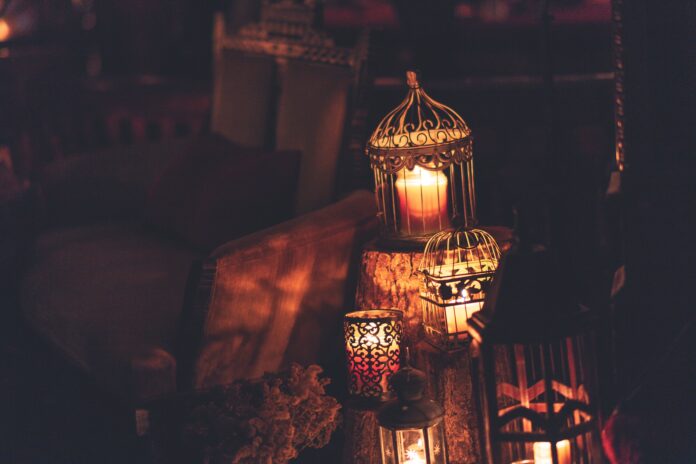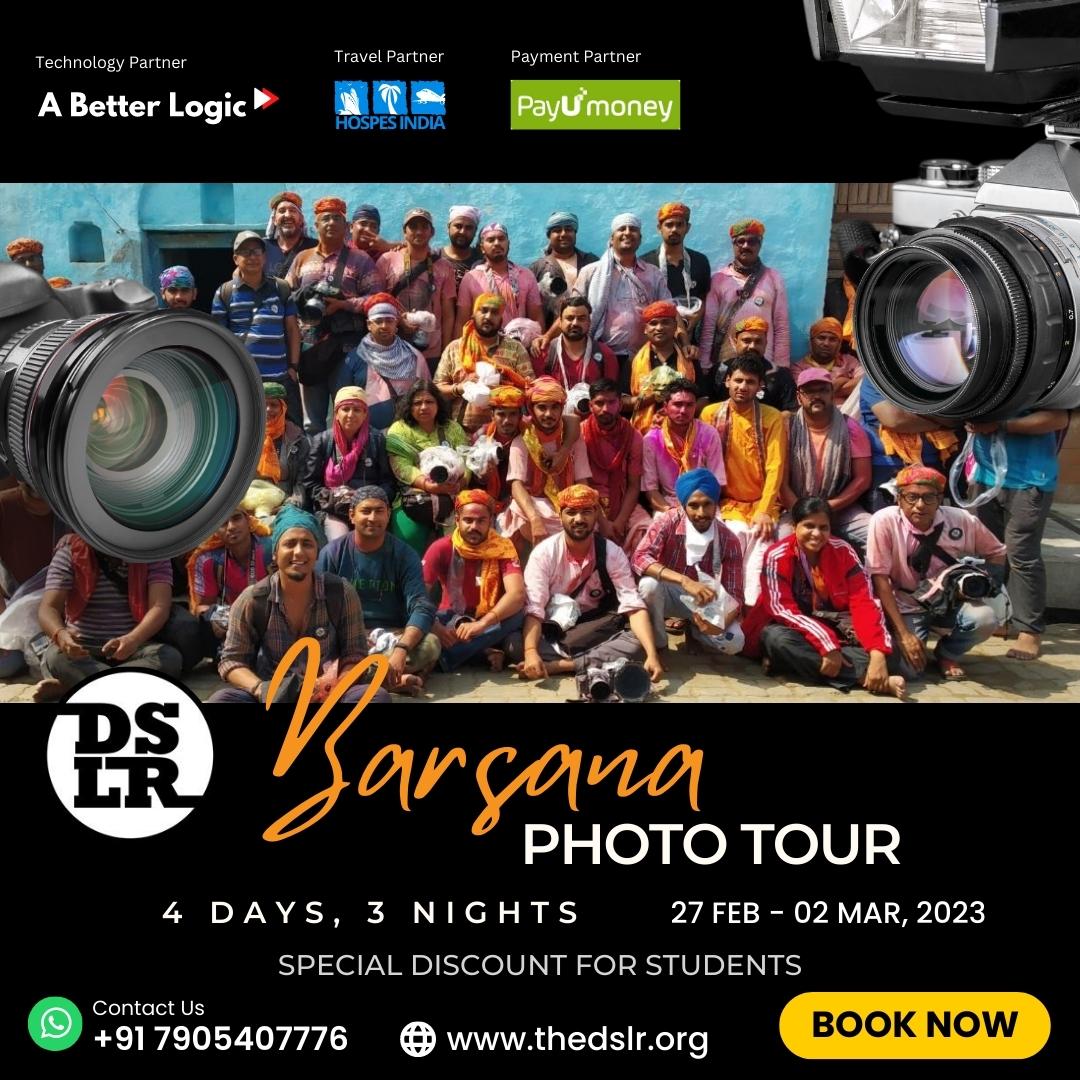One of the creative industries that society is increasingly recognizing is photography. Depending on the needs and preferences of the audience, even the photography we employ can be divided into different categories.
The identity of photography is expanding in line with how people’s interests in the medium are changing and growing as new trends emerge. One such category belongs to low-light photography. People are attracted to low-light photography because it gives the pictures a more realistic and aesthetic touch.
There are mainly three different low-light conditions. A shadow or window light that interferes with the indoor shade can make normal low-light conditions more challenging than they would be otherwise.
Normal low-light conditions typically occur during the day. The lighting conditions become dim when taking pictures outside shortly after sunset or indoors because of artificial lighting. The last situation is where you require specialized photographic techniques, which happen only during the night when you can see only the brightest things. To enhance the beauty of low-light photography, keep the following in mind:
Try to shoot at a faster shutter speed to avoid blurry images:
Blurry images happen when your shutter speed is too slow, creating a camera shake. To avoid camera shaking, you should always consider taking photos at a fast shutter speed. Shutter speed is influenced by both the lens’s focal length and the size of the camera’s sensor.
Adjust your ISO:
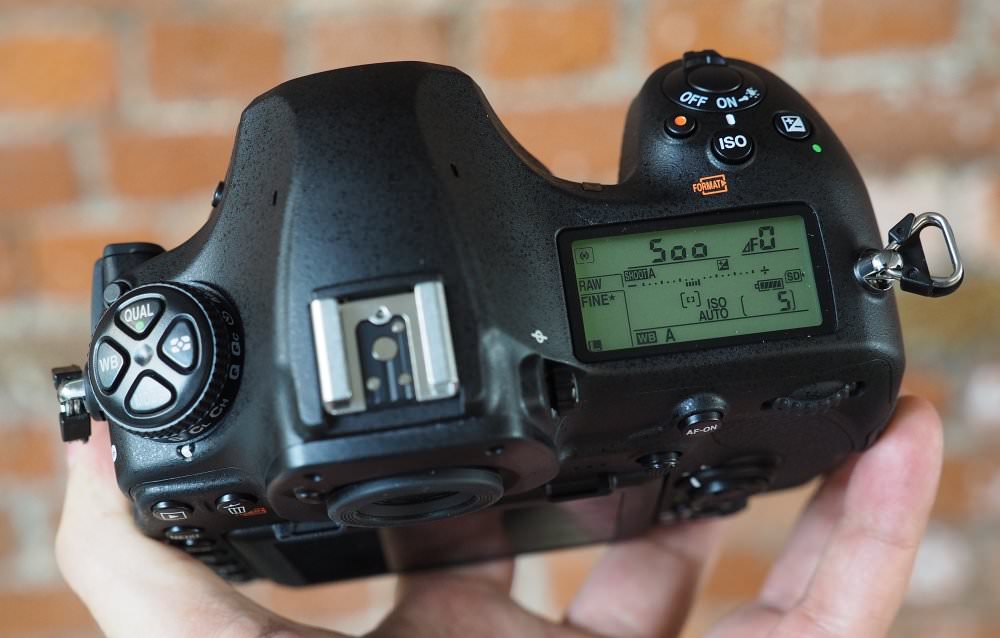
While shooting in low light, you will think that a high ISO can create a good-quality picture, but it will add noise to your image, especially in darker areas. Therefore, if you want to take good pictures, it’s best to keep your ISO low. DSLRs and other modern cameras can handle high ISO levels without introducing image distortion.
Widen the aperture:
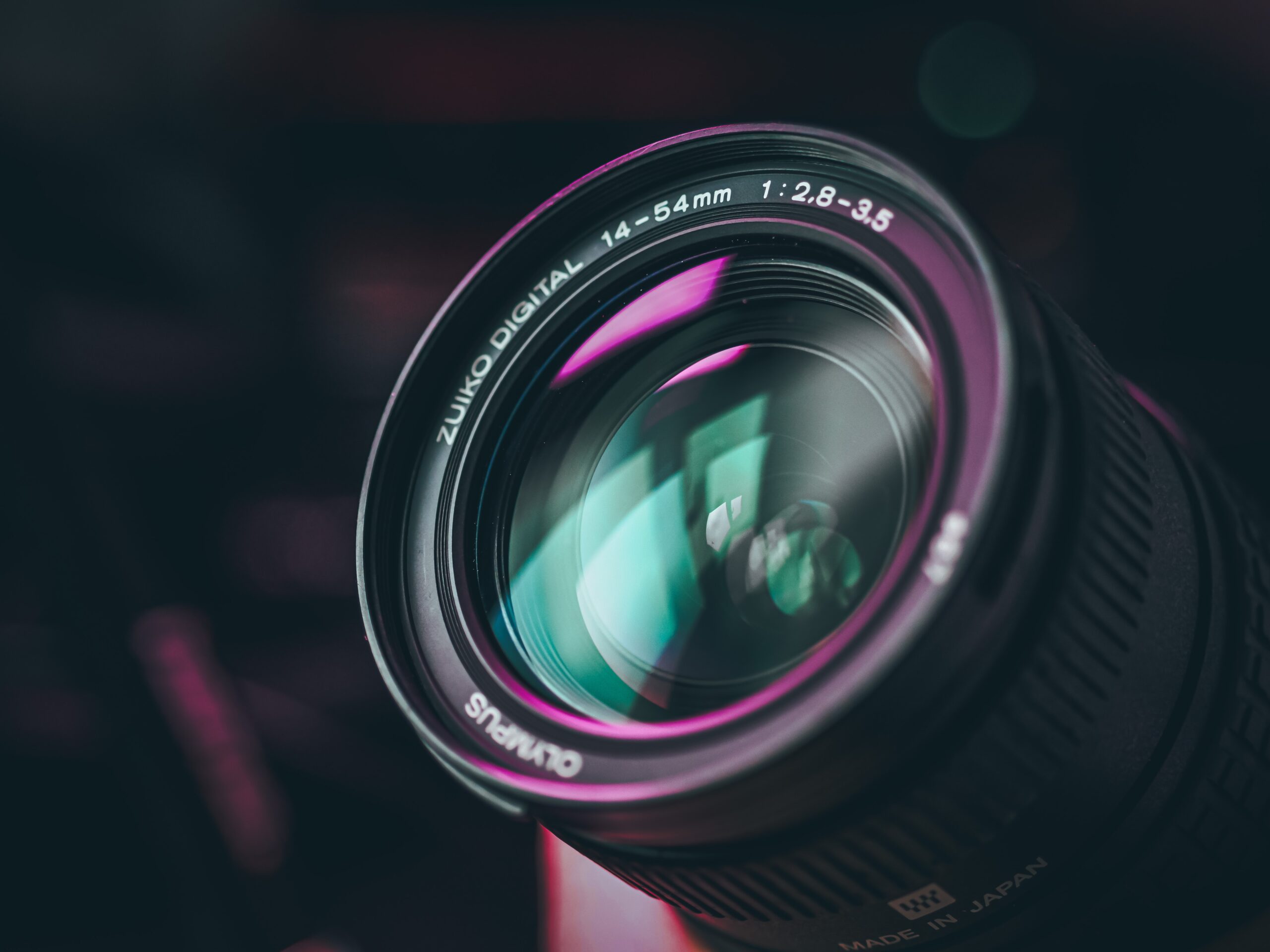
A wider aperture will let more light through, which is beneficial for the quality of the image. Remember to also change the depth of the field when adjusting the aperture. Either switch to “aperture priority” mode or fully manual mode to change the aperture. Then let your aperture open until you are at the lowest f-number.
Invest in a camera with a bigger sensor:
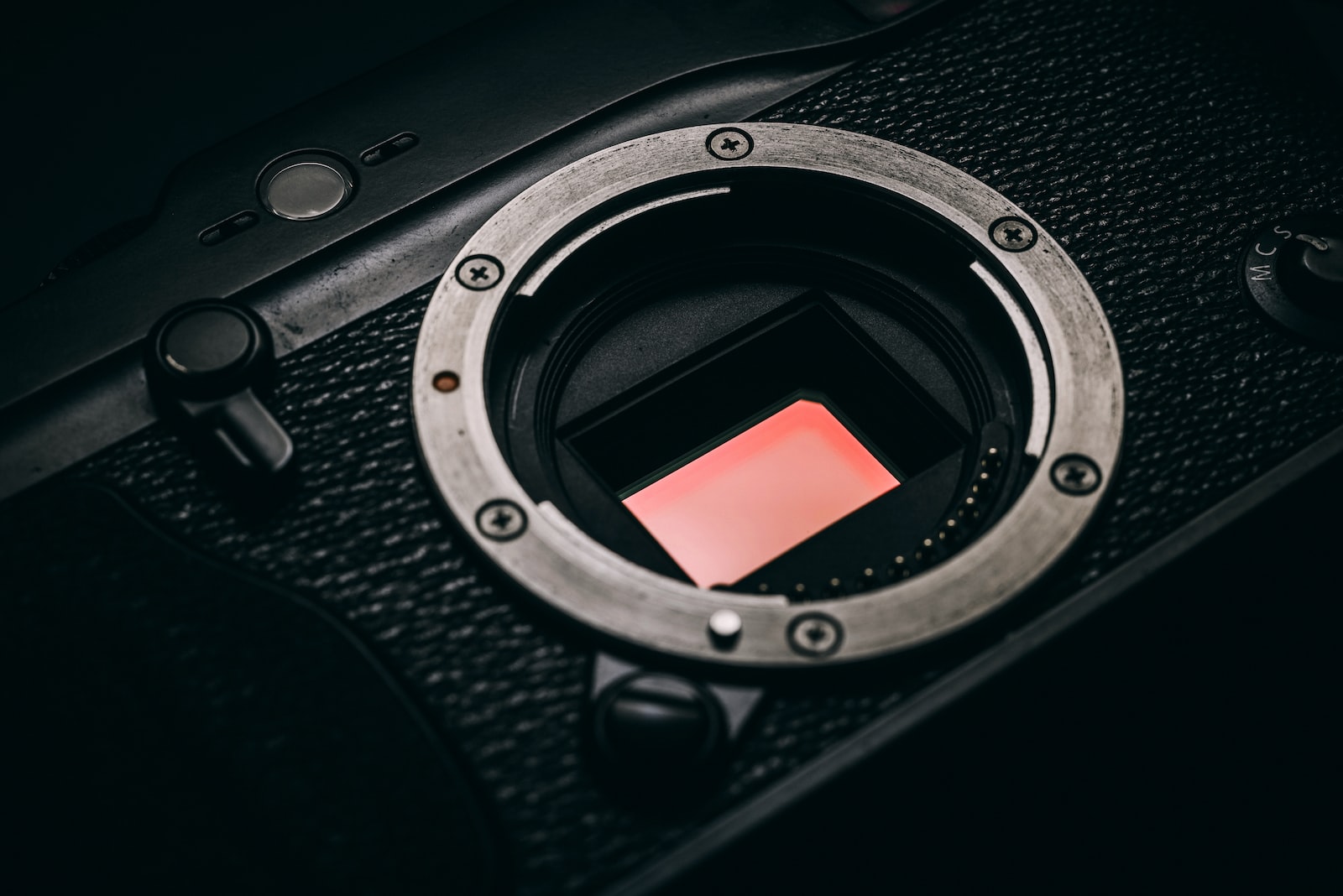
Although more expensive, a camera with a larger sensor is useful when shooting in low light. In addition to the camera resolution, sensor size is important for low-light photography. Using sensor cameras also makes a huge difference in the noise created.
Switch to a monopod or tripod:
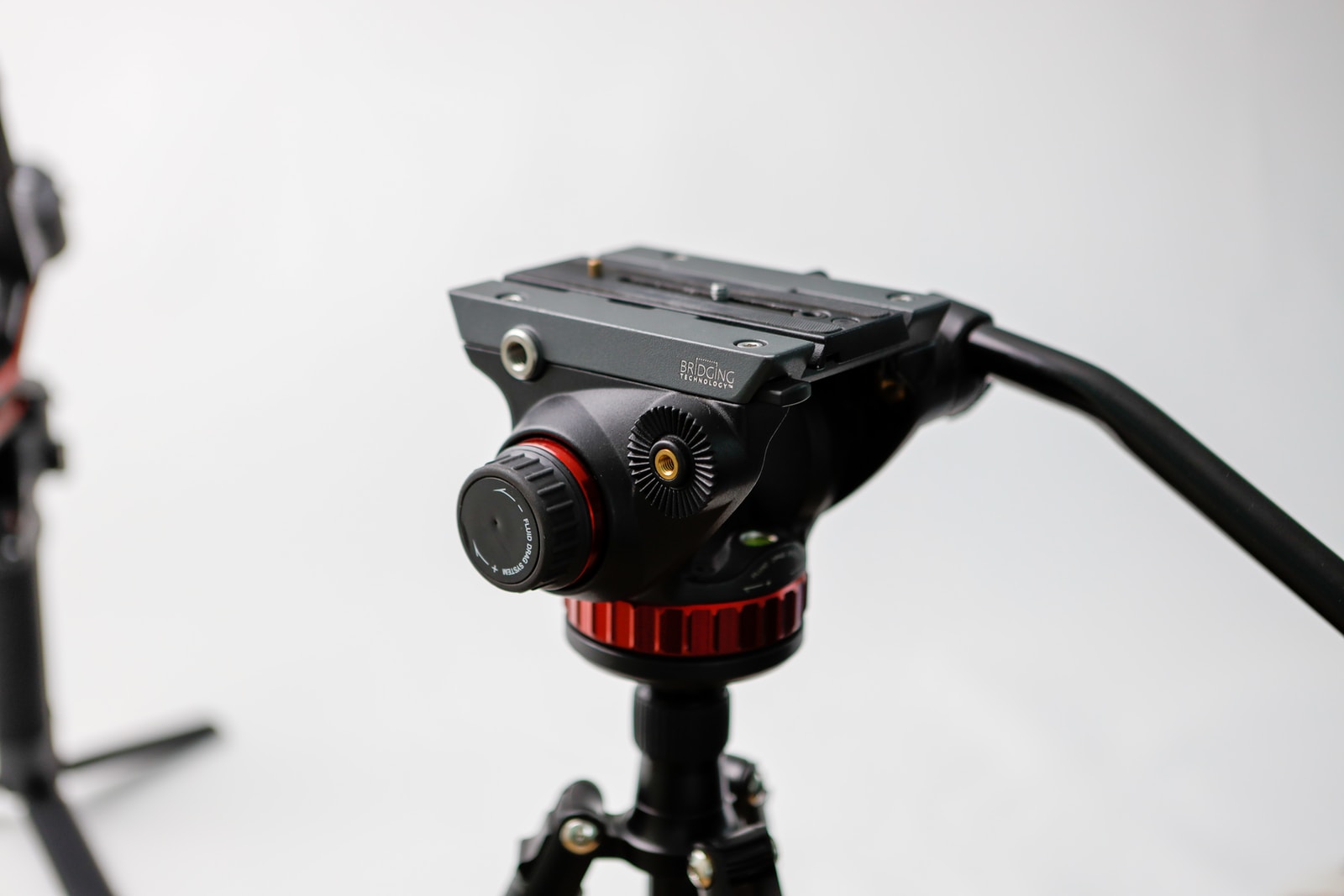
Using a monopod or tripod can help maintain your gear. Photographers prefer a tripod over a monopod when choosing between the two because a tripod enables them to adjust the ISO to reduce noise. Also, avoid using a cheap plastic tripod in favor of a well-constructed one.
Keep your subject close to the light:
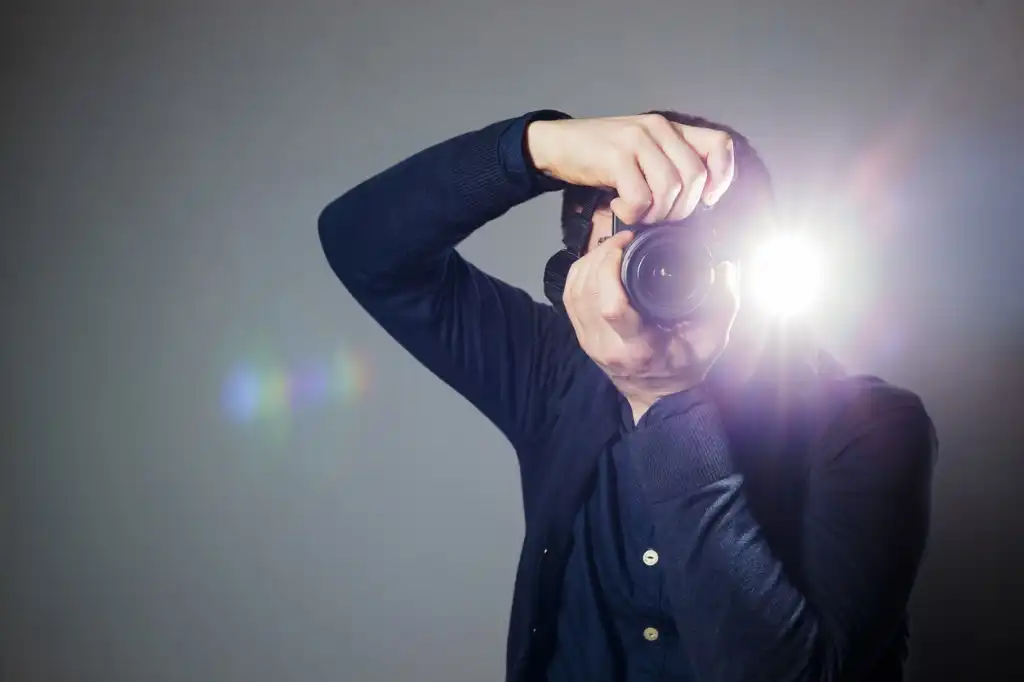
Keep your subject close to the source of light so that the camera can take pictures with the available light. Instead of using artificial flashes and lights, large windows and well-lit areas provide a great source of light for your subject.
Try to shoot raw:
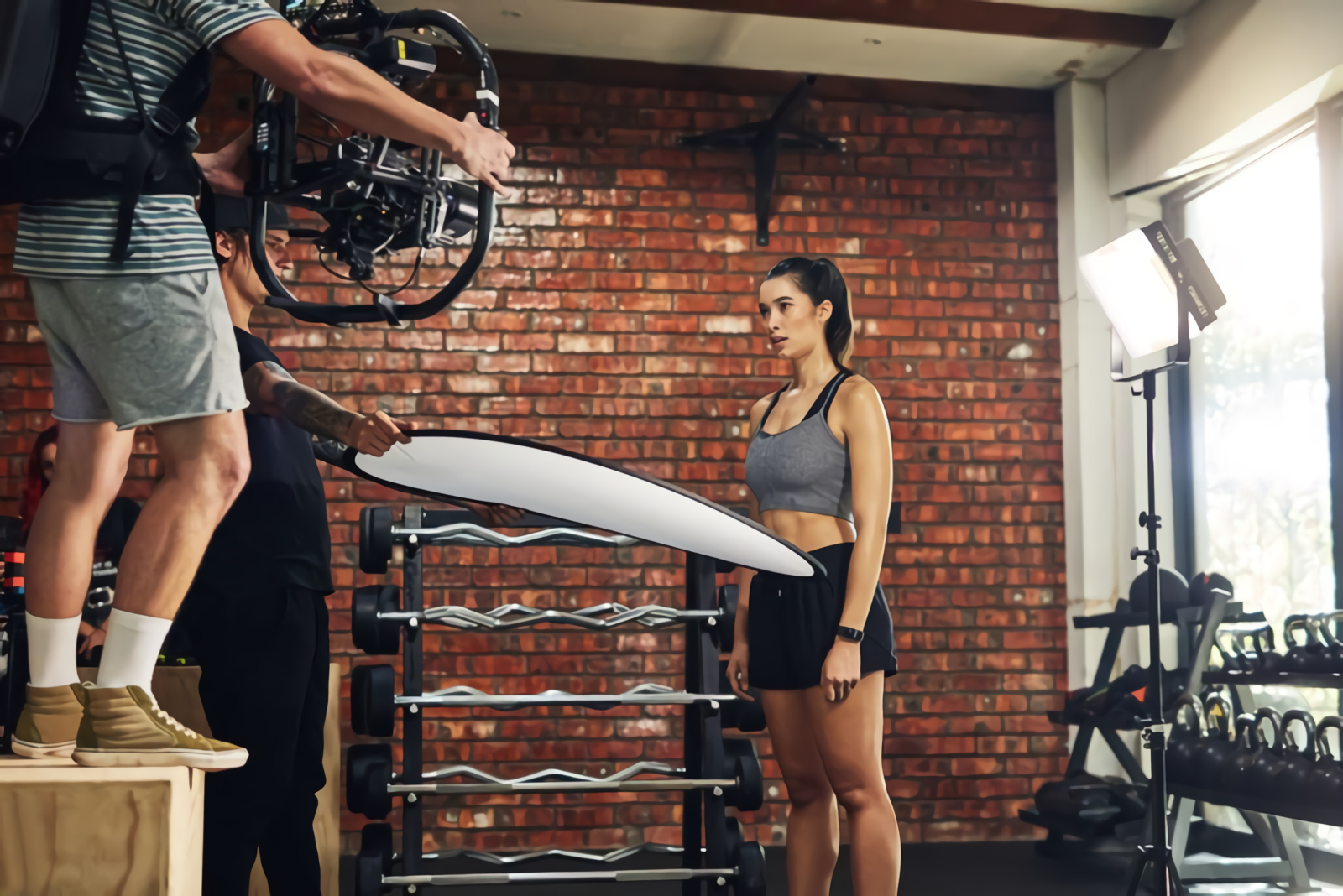
A JPEG format is created by a camera by compressing raw data into a.jpeg file. During this process, it can remove certain details that are only available in the raw file. Shooting raw can also help you control the white balance after your shot. In order to cover the important details when shooting in low light conditions, it is best to stick to raw.
Use a manual focus:
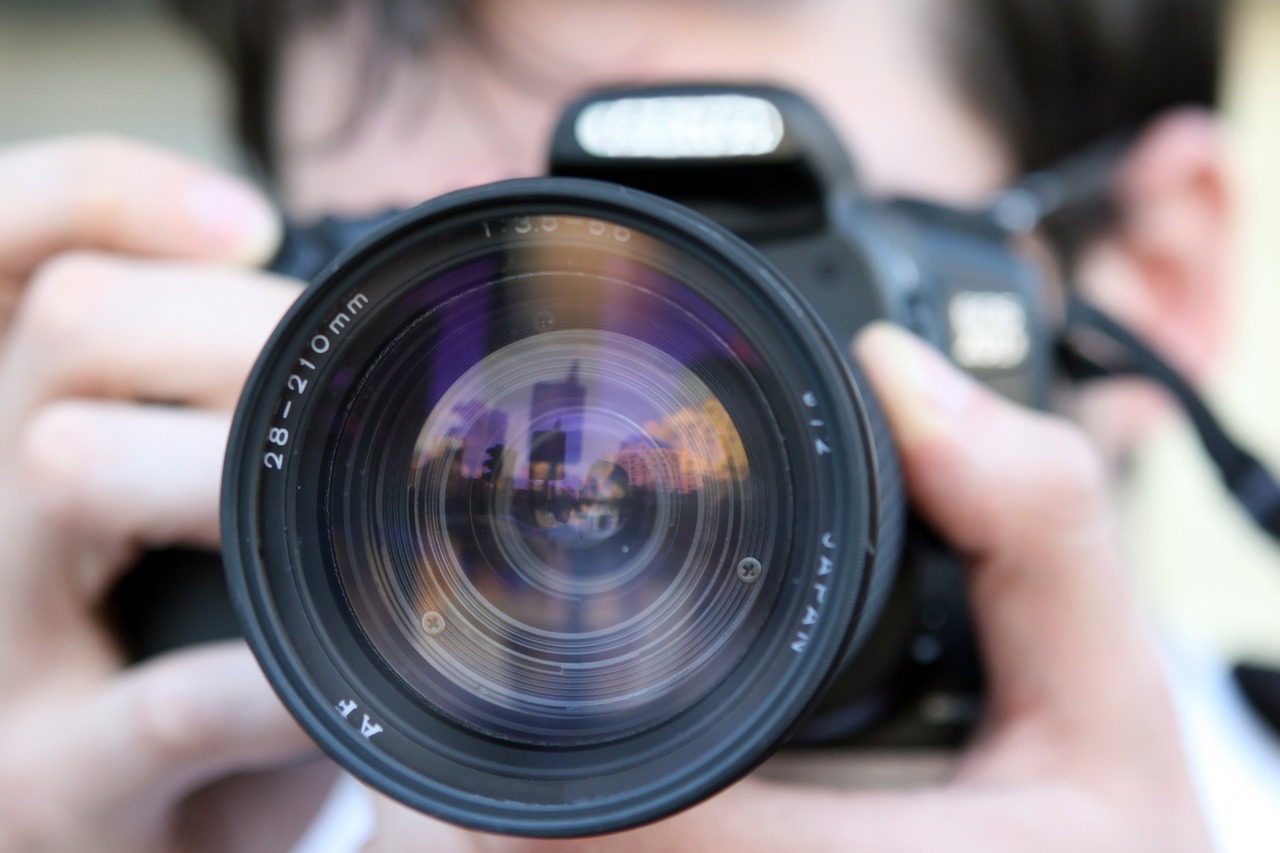
Some cameras have an autofocus option that can jump into adjusting the distance instead of adjusting the contrast of the image. This can be solved by switching to manual focus.
Stabilization is necessary:
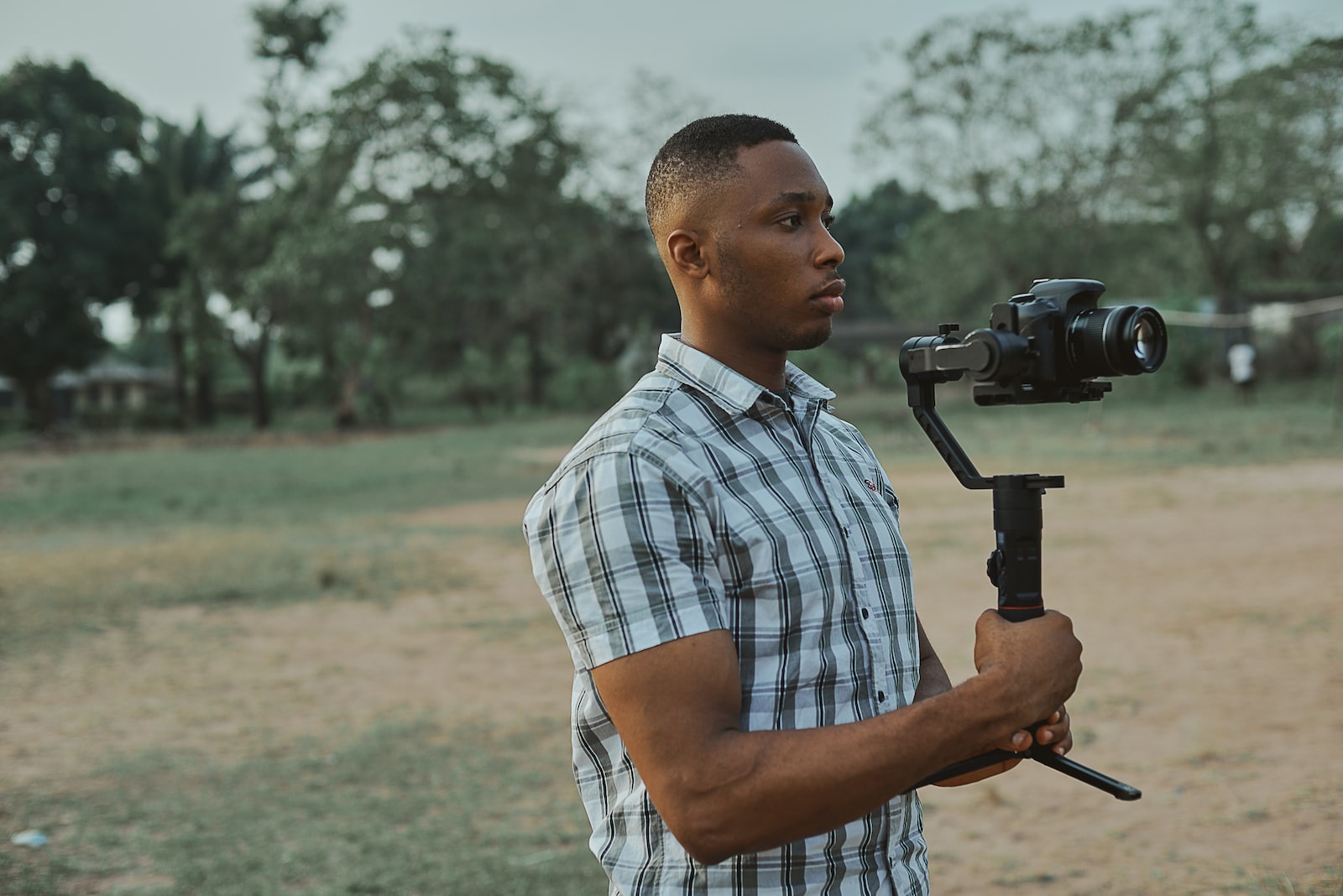
It has become one of the unignored parts of all cameras whether built into the camera, lens, or both. It brings a huge difference in reducing the vibration, creating a steady shot, etc. It also depends upon how still you hold your camera because steadiness is the one factor that enhances the quality of your image.
Shoot long exposures:
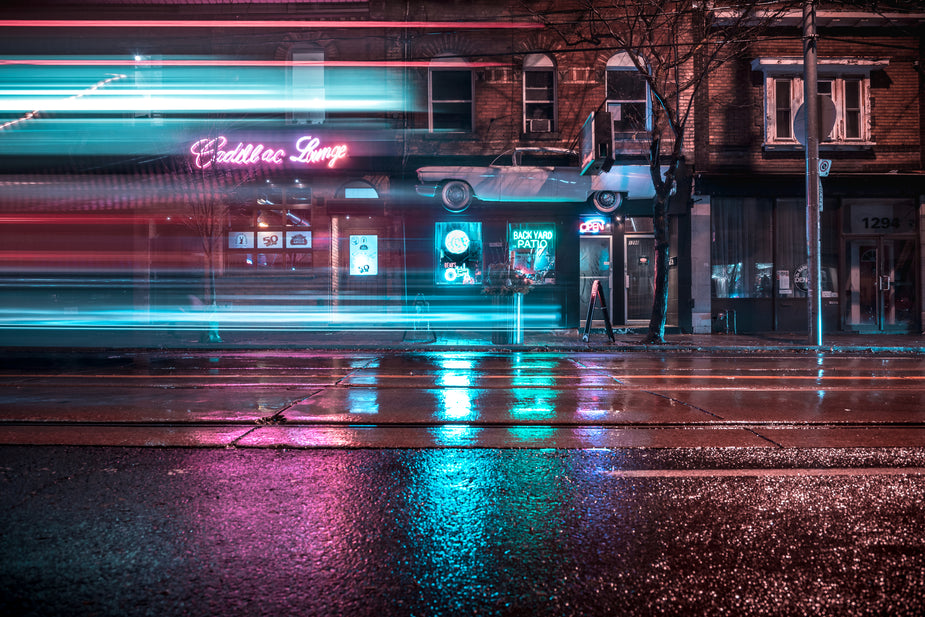
Long exposures will allow you to use small apertures thereby achieving a greater depth of field. This can be helpful while shooting landscapes or architecture. It can also enhance the quality while shooting water bodies or traffic lights in motion.
Conclusion:
People are choosing low-light photography because it has brought about a great change in the quality of the images. Low-light photography is also able to showcase minor details of the subject. Photography is becoming more challenging day by day; hence, it is important to keep these points in mind to build a well-catchy and attractive image. As it is said, practice makes a man perfect, so practice keeping these tips close to you to deliver a high-quality image.
![]()

